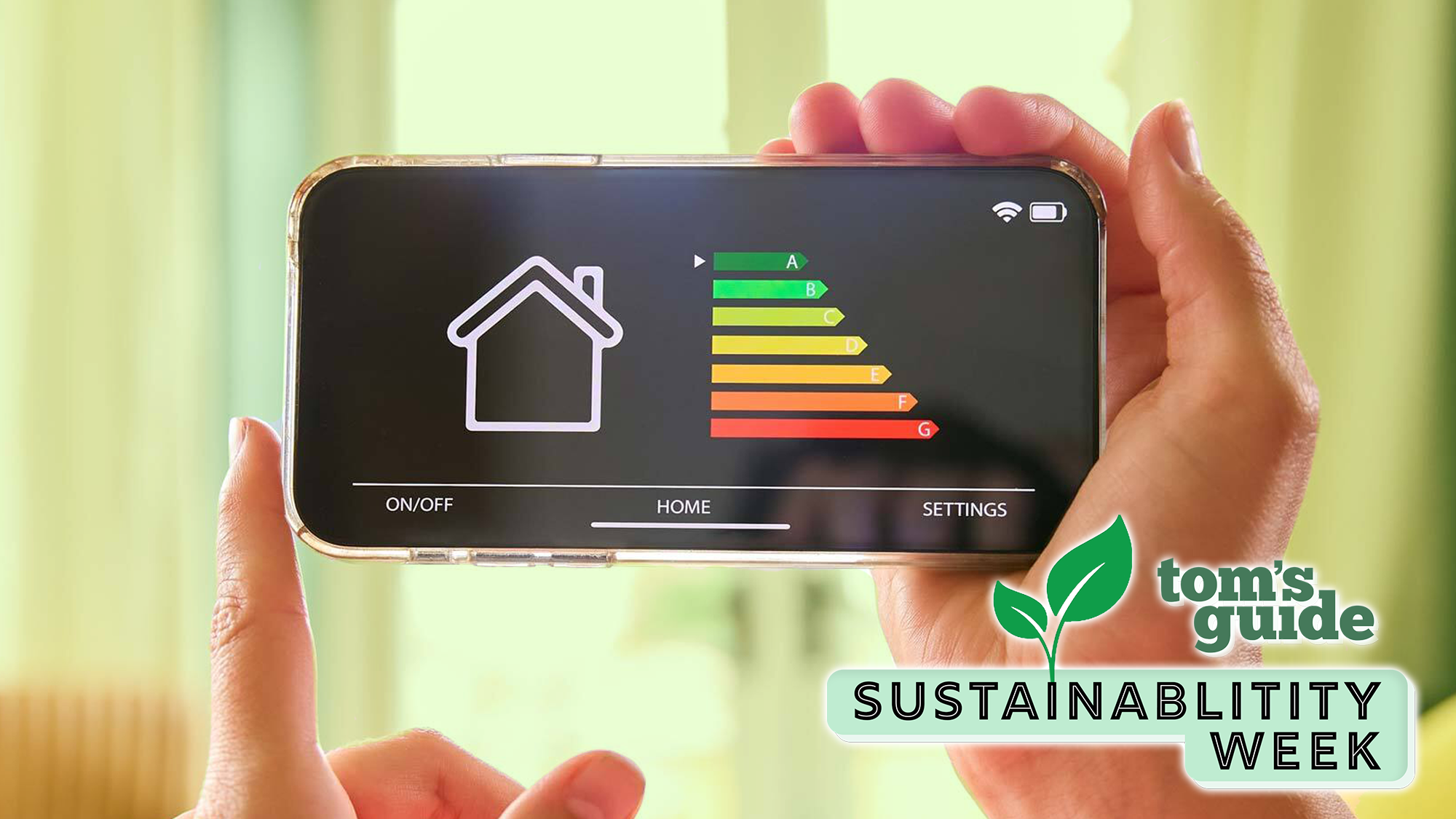Here's what could make me skip the iPhone 13 for the iPhone SE
Apple needs to fix two things from the current version of the iPhone
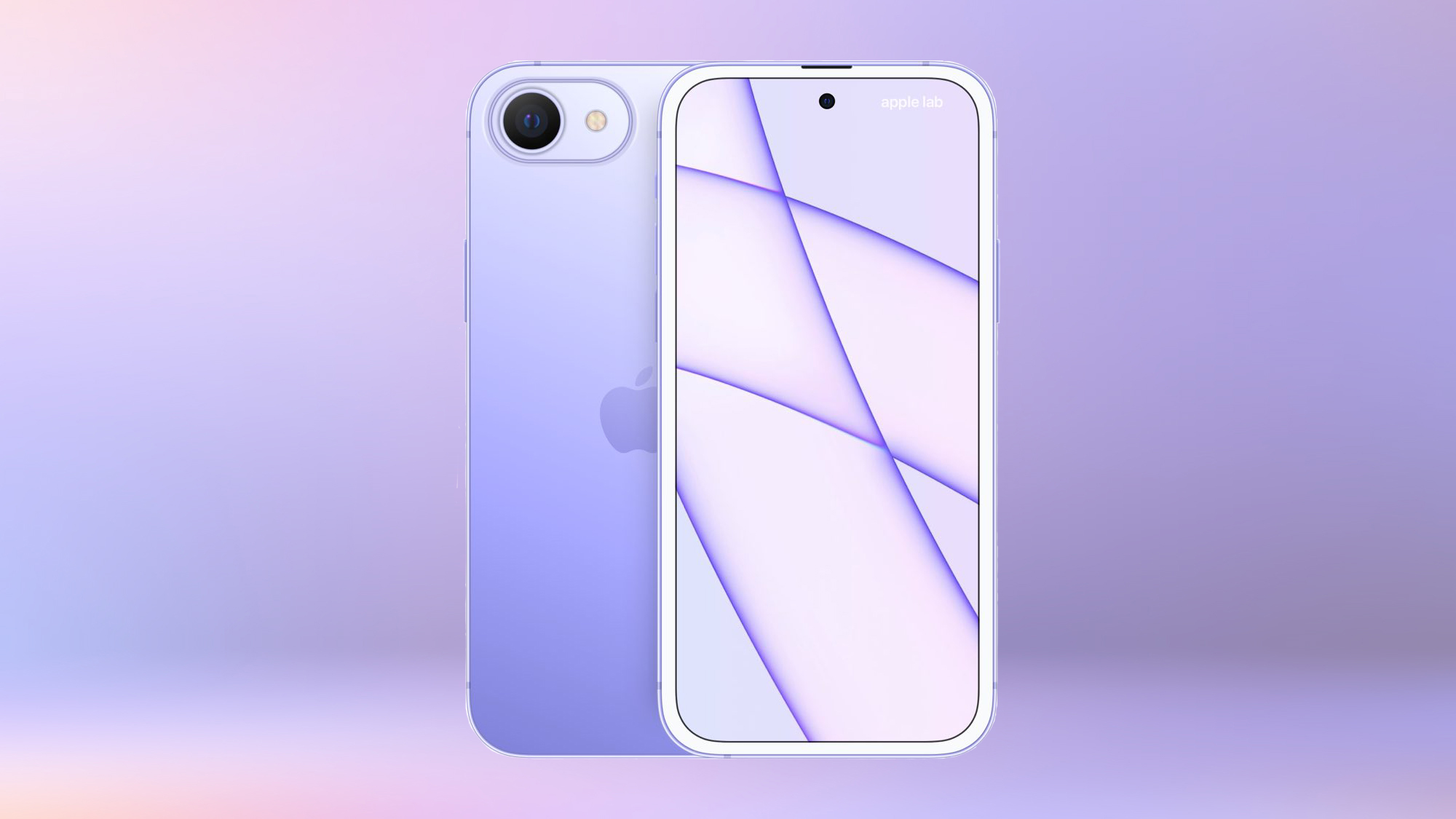
With the iPhone SE 3 rumored to be coming out later this year, I feel like it's time to reaffirm my love for Apple's least expensive phone. After all, I'm an iPhone SE originalist.
When Apple first introduced the original slimmed-down, low-cost SE in 2016, I made a beeline straight to my local Apple Store. I then spent the next couple years singing the iPhone SE's praises to anyone who would listen, raving about how it fit in my tiny hand and crowing about how it left an equally tiny dent in my wallet. When it comes to the iPhone SE, I'm the insufferable hipster who demands of people, "Oh so you like small phones, huh? Well, name three of their albums."
I'm also the sort of fellow who hangs on to his tech long past the sell-by date, so when Apple finally got around to releasing a follow-up to the iPhone SE in 2020, I was still clinging to the four-year-old original, which was finally beginning to show its age. But with Apple deciding to keep the compact form (even with a slightly larger 4.8-inch display) and the sub-$400 price tag, surely the iPhone SE 2020 was going to be the next device on my upgrade list.
Friends, it was not. I ended up skipping the 2020 iPhone SE completely.
In part, that's because I live the glamorous life of an international phone reviewer, jumping from one device to the next in my never-ending quest to review and rate the best phones out there, small devices or otherwise. But even if I wasn't routinely rotating between phones as part of my job, I'm not sure I would have been able to pull the trigger on an iPhone SE 2020 purchase.
So what changed? As good as the most recent iPhone SE has been — and it's a great value among the best cheap phones — two factors held me back from embracing Apple's SE follow-up.
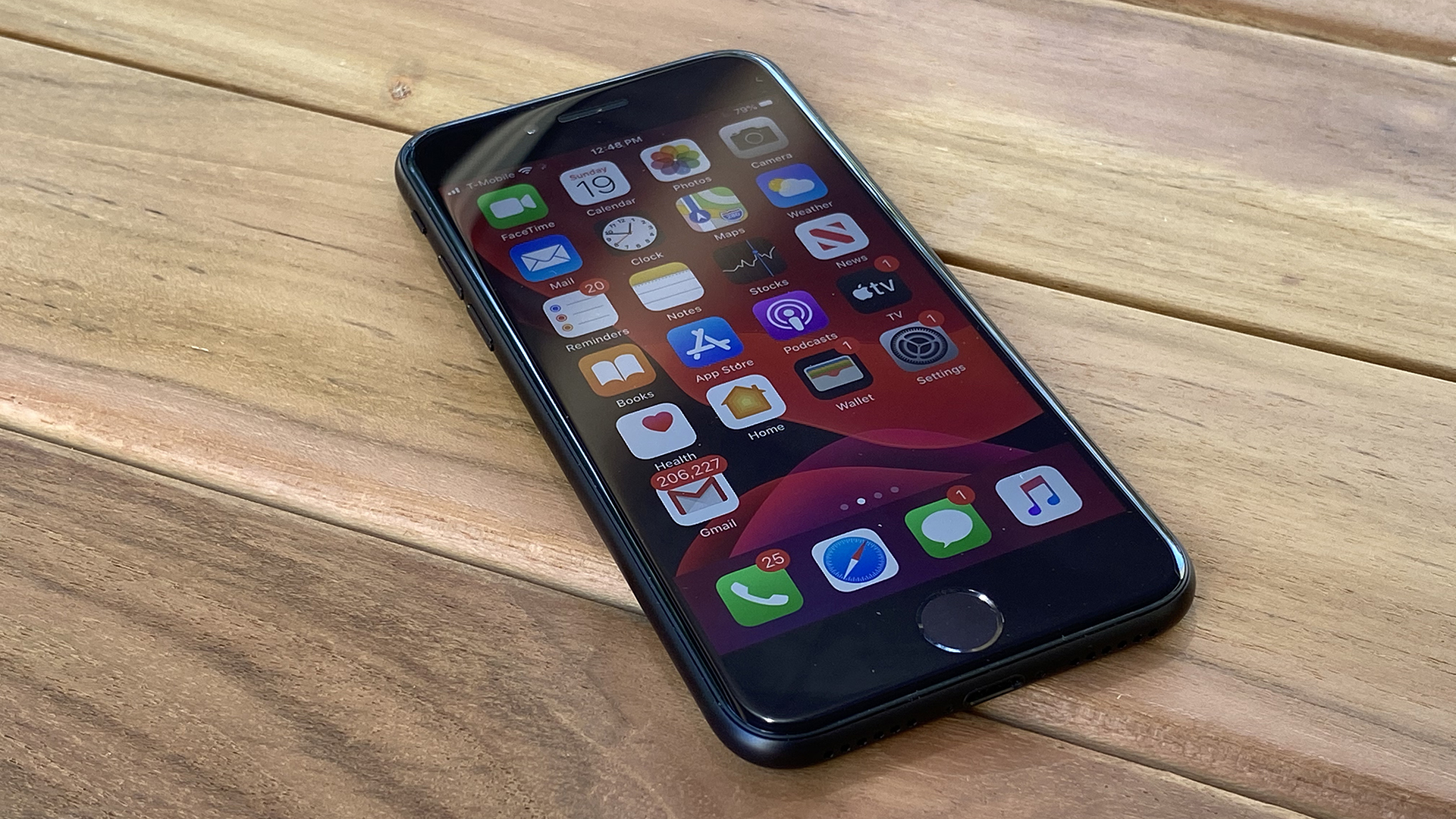
It's certainly not the fact that Apple used the iPhone 8 design for the iPhone SE 2020, even as flagship iPhones were shedding their bezels. I don't particularly have a problem with the iPhone SE's dated look, and that Touch ID button sure looks enticing every time I have to tap in my passcode on a newer iPhone because I'm wearing a Face ID-baffling mask. Performance wasn't an issue either — the iPhone SE debuted with Apple's top-of-the-line processor at the time. And whatever limitations came from a single rear camera lens, the iPhone SE overcame them thanks to Apple's superlative camera software.
Instead my iPhone SE 2020 phobia boils down to two factors that kept me from paying that perfectly acceptable $399 price for the phone. And these two issue are something that I hope Apple addresses with the iPhone SE 3 when that 5G version of the SE arrives later this spring. (The latest rumors point to an April release for the iPhone SE 3.)
The iPhone SE 2020's battery life stunk
Every phone we review gets put through the Tom's Guide battery test in which we take a fully charged device and set it to surf the web over a cellular connection with its display set to 150 nits. It's a demanding test, and the iPhone SE 2020 was simply not up to the demands.
For our iPhone SE 2020 review, Apple's phone held out for 9 hours and 18 minutes, which is below average for a smartphone. It also failed to match the times contemporary devices like the iPhone 11 series put up, and the iPhone 13 has only improved battery life of Apple handsets.
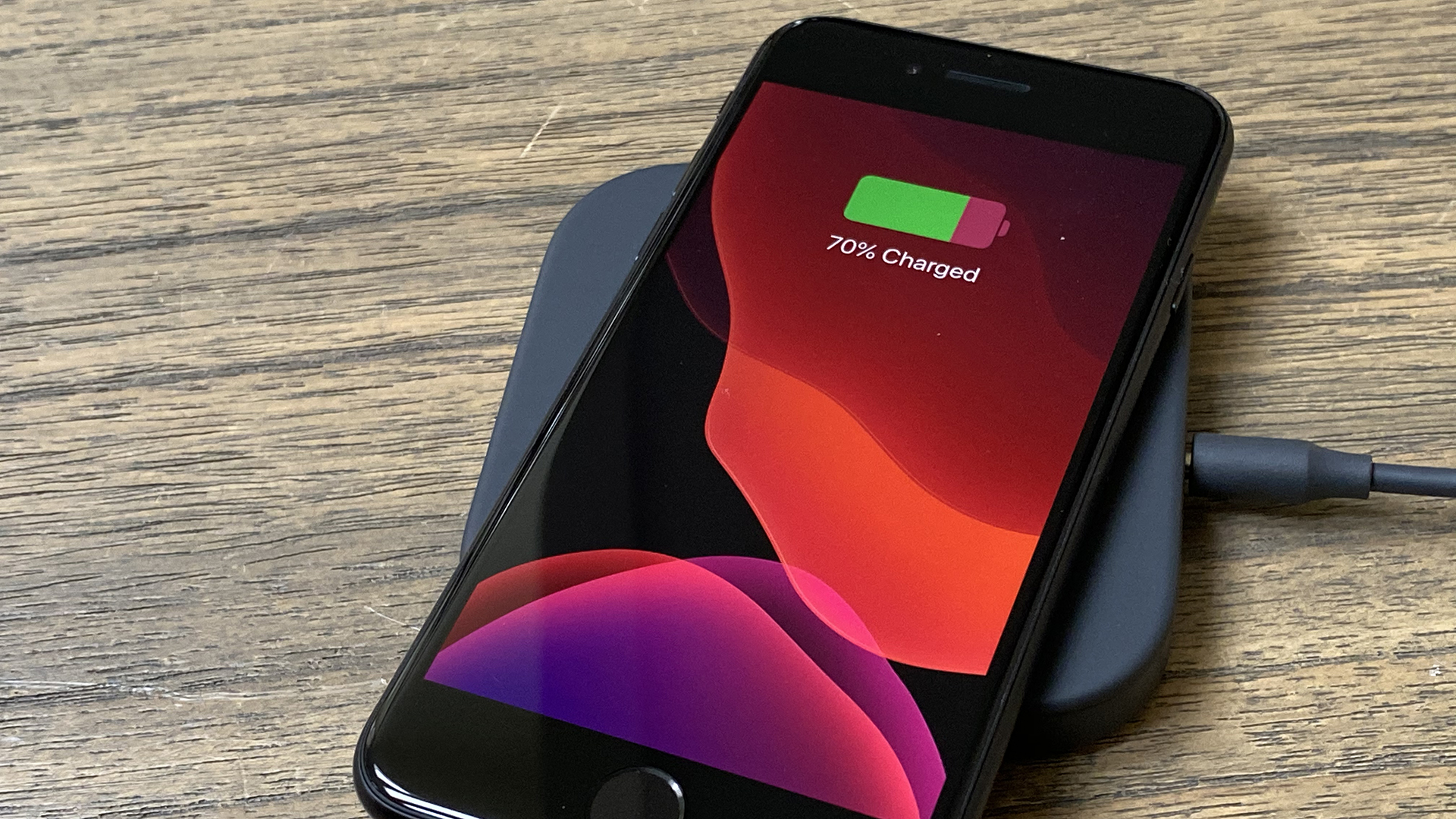
This is one area where the iPhone SE's small size works against it. You can only increase the battery by so much in a device that small before you run out of room. There's more to power management than just battery size, though, so hopefully, this is something that Apple can figure out for the iPhone SE 3.
That said, Apple's next iPhone faces a stiff challenge. The iPhone SE 3 is supposed to add 5G compatibility, and in our experience, 5G is a very power-hungry connectivity standard. Our iPhone 13 tests indicate that Apple's A15 Bionic chipset does a pretty good job of balancing demands of 5G connectivity with power efficiency, so that's encouraging. Less auspicious is the fact that the iPhone 13 mini — the smallest of Apple's iPhone 13 models — turned in the worst time on our battery test among Apple's new phones. Let's just say I've got my fingers crossed about the iPhone SE 3's prospects for better battery life.
The iPhone SE 2020 came in blah colors
Just because I like old movies doesn't mean I want to live my life in monochrome. And yet, the iPhone SE 2020 essentially limited your color options to either black or white. There's also a Product [Red] version, to be fair, but I've never cared for that particular shade, as I don't like to pretend I'm phoning in nuclear strikes like I'm a character in a 1980s Tom Clancy techno-thriller.
Look, the iPhone SE 2020's colors are... fine. Not eye-catching. Not spectacular. Just fine. But it's even harder to get excited about them when you look over at Apple's other phones and see a veritable rainbow of options — purples and blues and pinks.
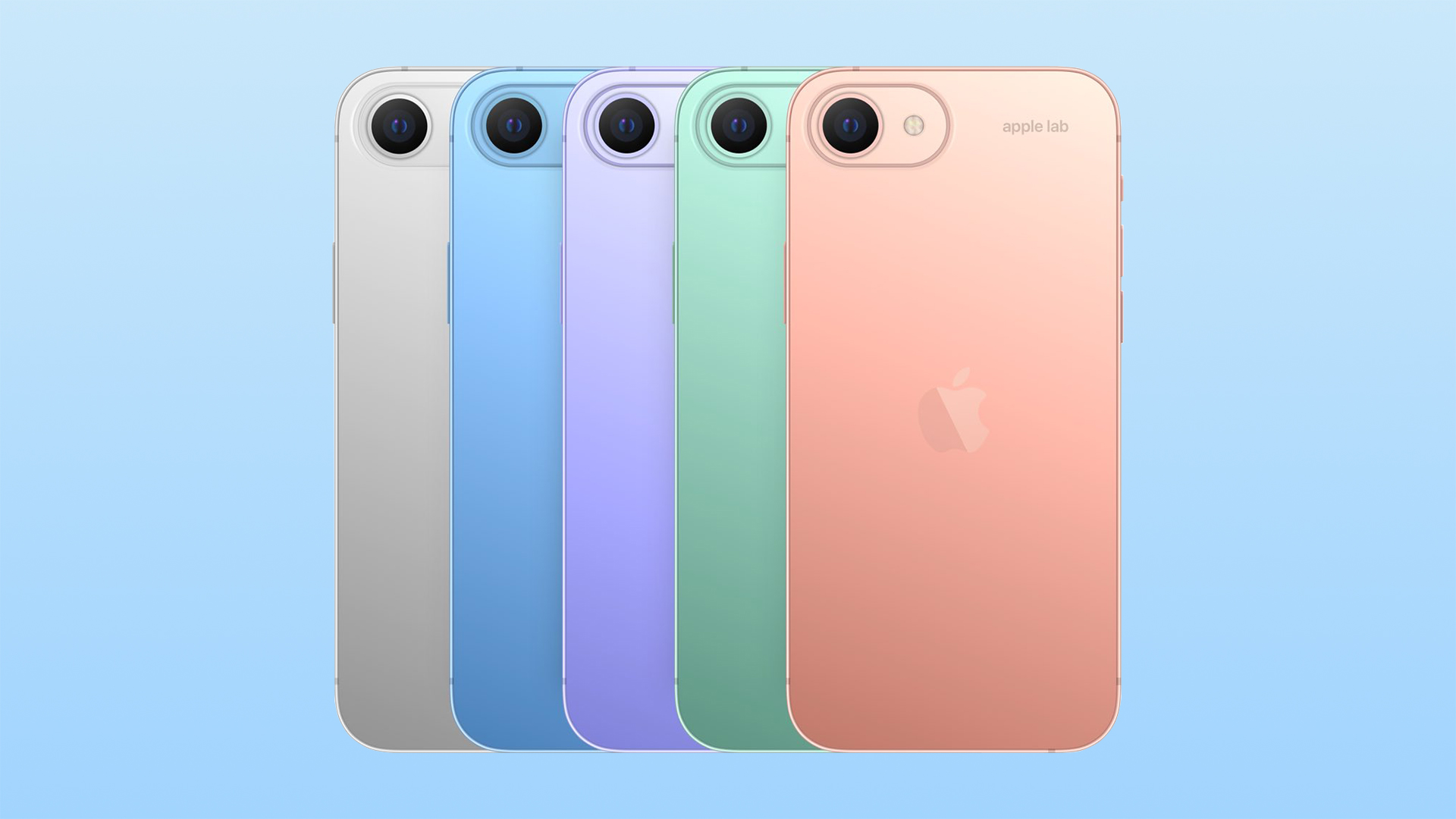
I can understand why Apple might want to reserve its fanciest colors — your Sierra Blues and your Golds — for its Pro models. But it seems like the phone maker could save a splash of color or two for the entry-level models. Here's hoping that's the case with the iPhone SE 3.
iPhone SE 3 outlook
Assuming the April-May release window currently being floated is an accurate one, we're in for a bit of a wait before the iPhone SE 3 makes it debut. While the biggest focus this time around seems to be adding that 5G connectivity missing from the current model, I hope Apple remembers to make some improvements to the iPhone SE 2020's few flaws. I'm ready to become an iPhone SE believer once more.
Sign up to get the BEST of Tom's Guide direct to your inbox.
Get instant access to breaking news, the hottest reviews, great deals and helpful tips.
Philip Michaels is a Managing Editor at Tom's Guide. He's been covering personal technology since 1999 and was in the building when Steve Jobs showed off the iPhone for the first time. He's been evaluating smartphones since that first iPhone debuted in 2007, and he's been following phone carriers and smartphone plans since 2015. He has strong opinions about Apple, the Oakland Athletics, old movies and proper butchery techniques. Follow him at @PhilipMichaels.

